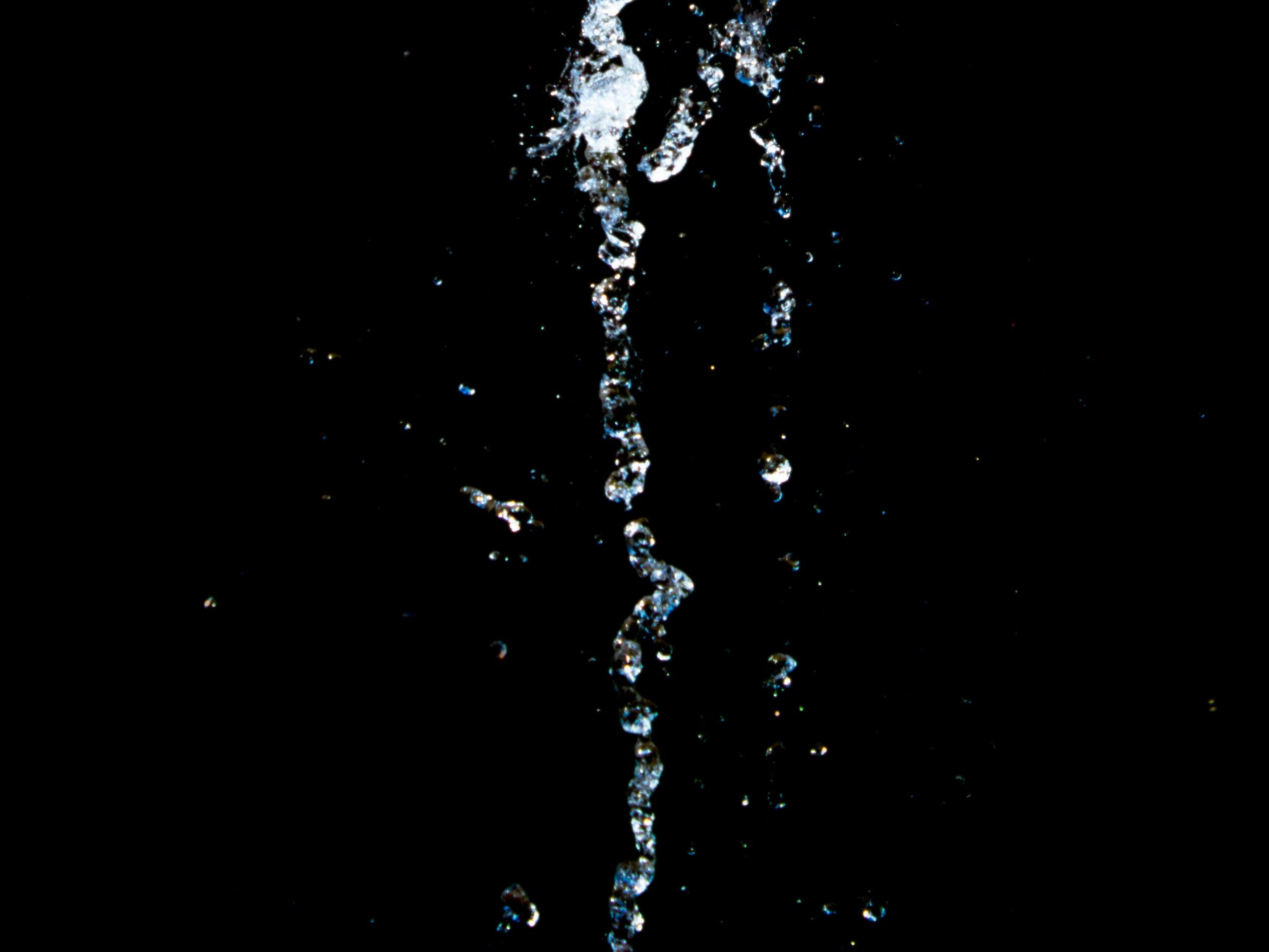Brewing water, often considered the most overlooked ingredient in beer, is in fact one of the most critical. It makes up over 90% of the finished product and its mineral content significantly impacts every stage of the brewing process, from mash efficiency to hop utilization, and ultimately, the final taste and mouthfeel of the beer.




Historically, the characteristics of local water sources heavily influenced the beer styles that originated in specific regions.
- Pilsen, Czech Republic: Famous for its very soft water, low in minerals, which is ideal for brewing pale, delicate lagers like the original Pilsner Urquell. This water allows the subtle flavors of the malt and hops to shine without interference.
- Dublin, Ireland: Known for its hard water, rich in carbonates, which enhances the dark, roasted flavors of stouts like Guinness, providing a smoother mouthfeel and balancing the acidity from roasted barley.
- Burton-on-Trent, England: Legendary for its exceptionally hard water, high in sulfates. This water profile famously accentuates hop bitterness and provides a dry, crisp finish, perfect for classic English Pale Ales and IPAs, making the hops “pop.”
- Munich, Germany: Features moderately hard water with a balanced mineral profile, lending itself well to the production of malty lagers such as Dunkel and Märzen, where a robust malt character is desired.

Modern brewers, however, are not limited by their local water supply. With advancements in water treatment and understanding of water chemistry, brewers can now:
- Adjust pH: The pH of the mash is crucial for enzyme activity during mashing. Different mineral additions (like gypsum, calcium chloride, or Epsom salts) or acid additions (like lactic acid or phosphoric acid) can bring the mash pH into the optimal range (typically 5.2-5.6).
- Add Minerals (Salts): Brewers can add specific mineral salts to replicate the water profiles of famous brewing regions or to achieve desired characteristics.
- Calcium (Ca²⁺): Important for mash pH, yeast flocculation, and clarity.
- Magnesium (Mg²⁺): Essential yeast nutrient and contributes to bitterness.
- Sulfate (SO₄²⁻): Enhances hop bitterness and gives a drier finish (characteristic of IPAs).
- Chloride (Cl⁻): Enhances malt sweetness and body, contributing to a fuller mouthfeel.
- Sodium (Na⁺): In moderate amounts, can enhance body and sweetness; high levels can lead to salty flavors.
- Bicarbonate (HCO₃⁻): Increases mash pH and is vital for balancing the acidity of dark, roasted malts.
- Remove or Reduce Impurities: Techniques like carbon filtering remove chlorine and chloramines (which can create unpleasant “medicinal” or “band-aid” off-flavors). Reverse osmosis (RO) can remove almost all minerals, providing a “blank slate” that brewers can then build upon with precise mineral additions.
Understanding and manipulating brewing water is a sophisticated art and science that allows brewers to fine-tune their recipes, achieve desired beer styles, and ensure the consistent quality of their brews, no matter where they are located.
Leave a Reply
You must be logged in to post a comment.